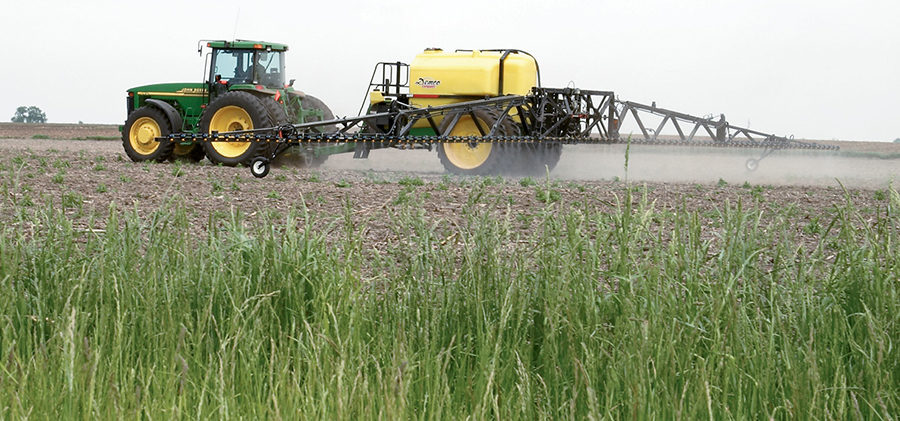No-Till Farmer
Get full access NOW to the most comprehensive, powerful and easy-to-use online resource for no-tillage practices. Just one good idea will pay for your subscription hundreds of times over.

With weed control becoming more critical with the growth of reduced tillage and expansion of continuous corn acres, more no-tillers are getting a quicker start with fall herbicide applications. This is particularly true when fall conditions are ideal for germination and establishment of winter annuals and some perennials such as dandelion.
Bill Johnson, a Purdue University weed scientist, says some weeds can be controlled effectively in late fall when growers have more time for spraying. If not controlled in the fall, some of these weeds often become less responsive to herbicides once they start to bloom and grow in the spring, he says.
University of Nebraska weed scientist Alex Martin says herbicides are most effective in controlling winter annuals when applied in the fall or spring before stem elongation takes place. “Once stem elongation begins, these plants become progressively more difficult to control,” he says. “Weather conditions and competing work often interfere with timely spring herbicide applications.”
His advice is to get a head start this fall on next year’s weed control because winter annual treatments are normally more effective at a lower cost when compared with spring spraying.
“If you’re concerned that it is too cool to control weeds in late October and early November, remember that these weeds are cool-season plants and are not killed by frost,” he says. “They will be actively growing during mild weather and susceptible to herbicides even after a hard freeze.
“The real targets are the winter annuals that germinated in the fall…